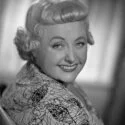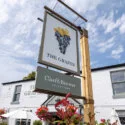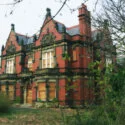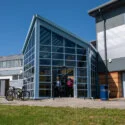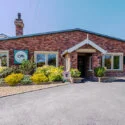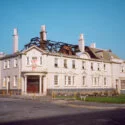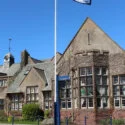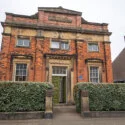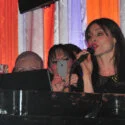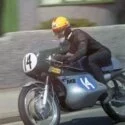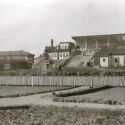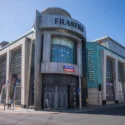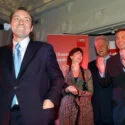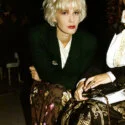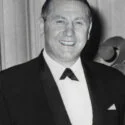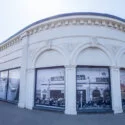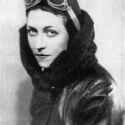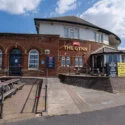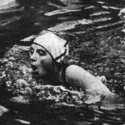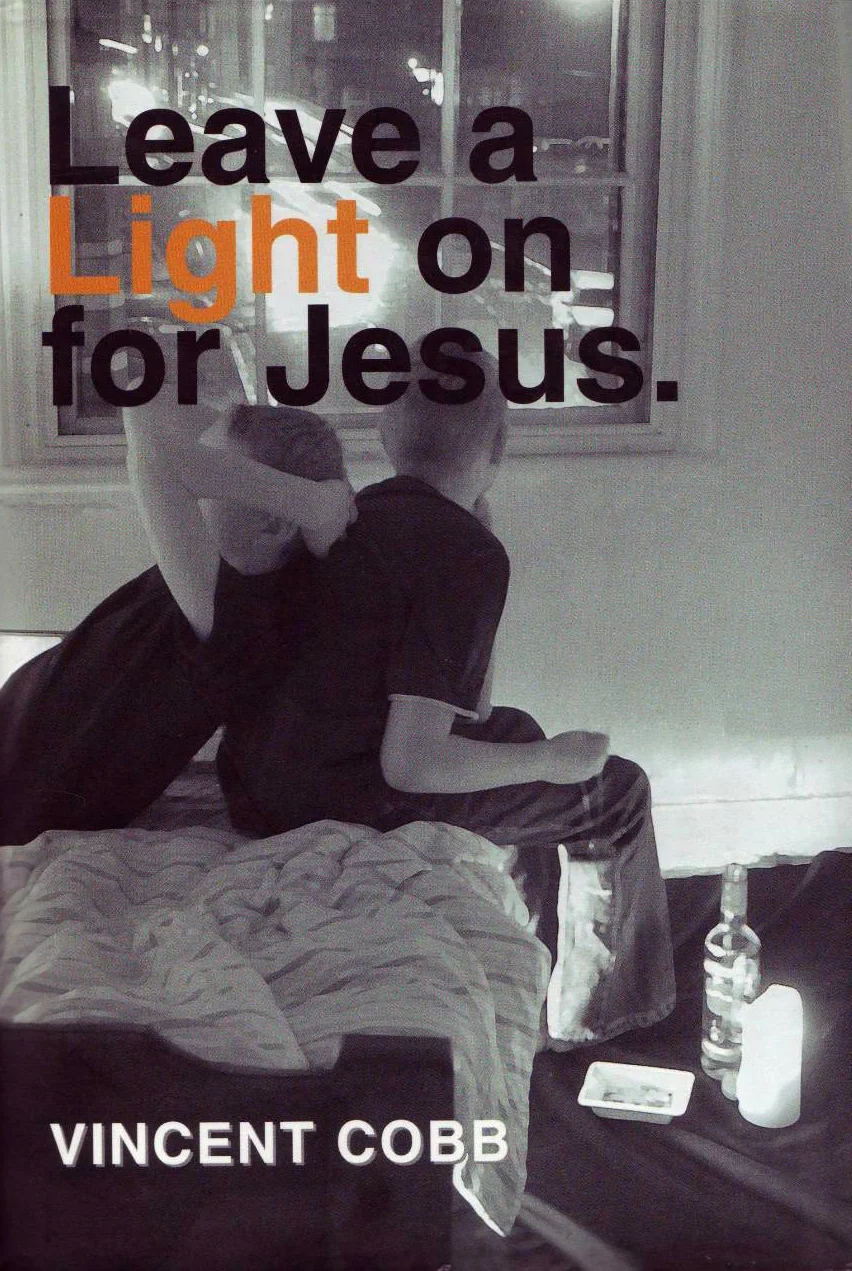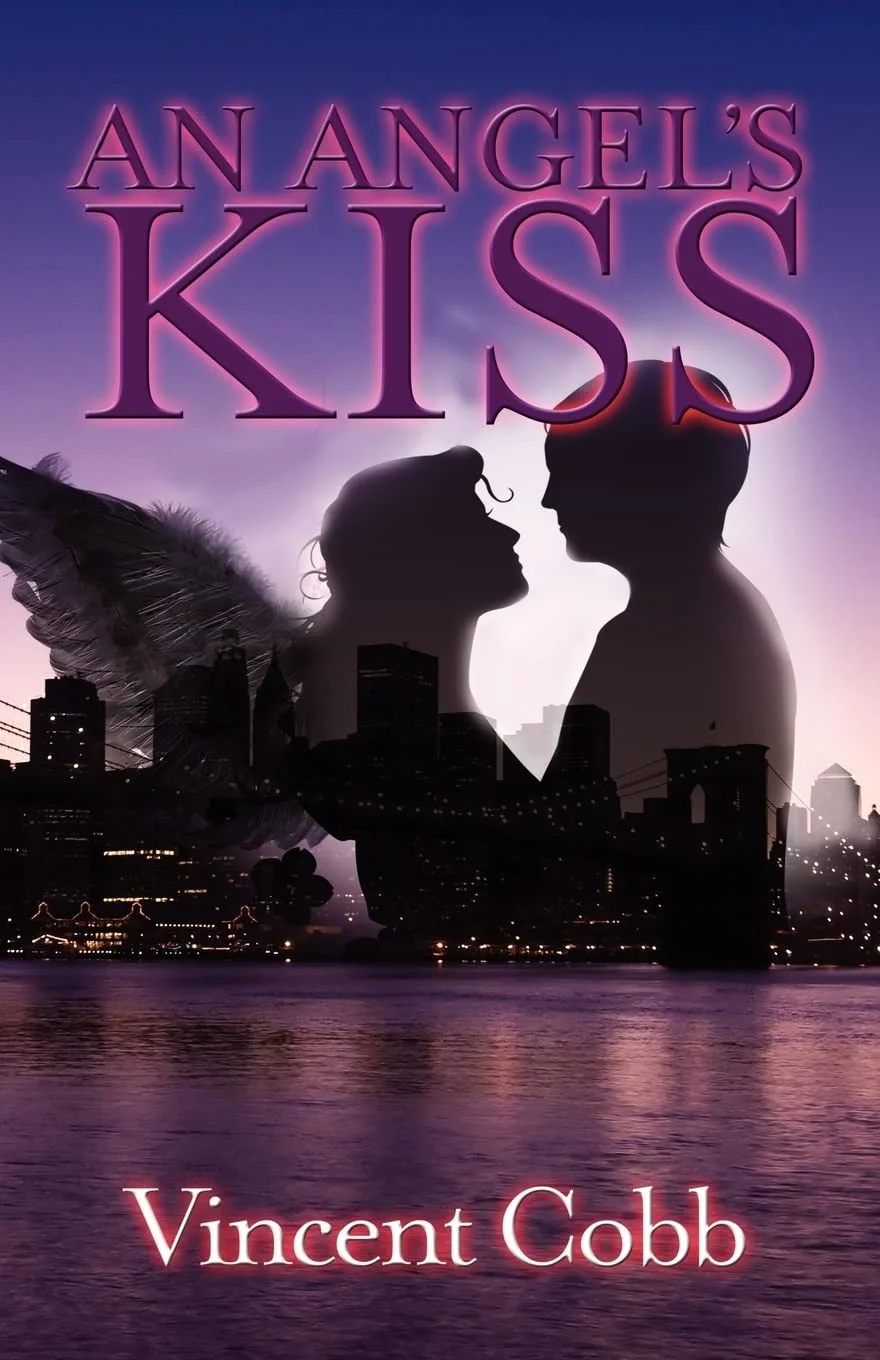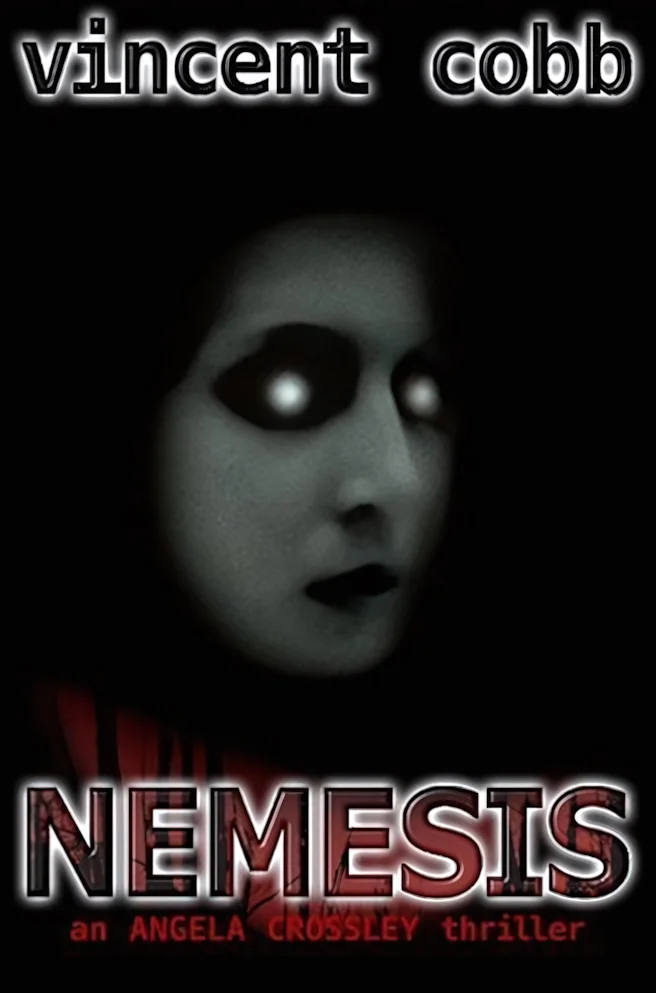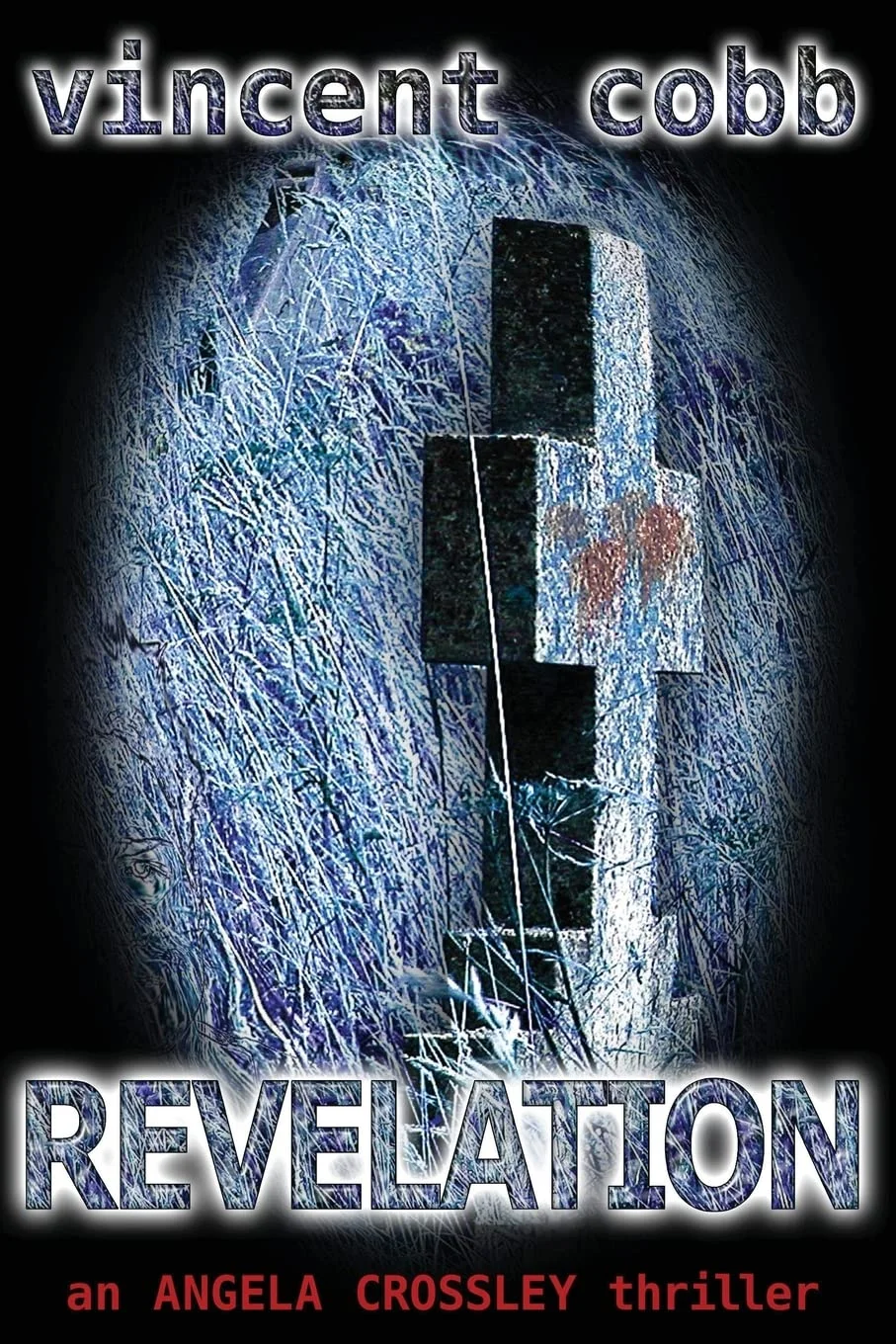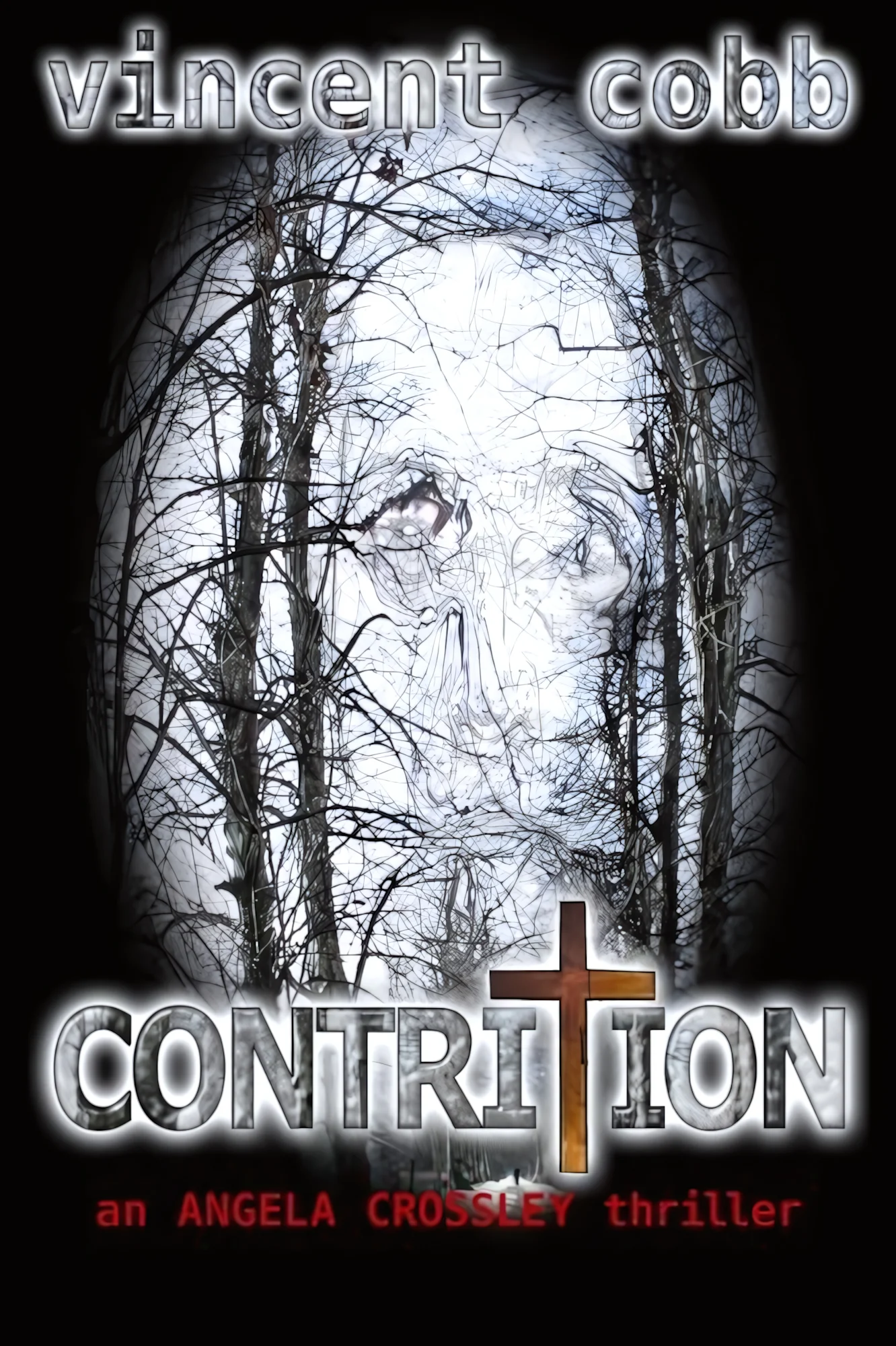Vincent Cobb (RIP) was an author born in Blackpool where he attended St Joseph’s College, which has obviously influenced much of his work. His Leave a Light on for Jesus, published 1 May 2004, is a scarifying indictment of the Catholic school and clergy system. The protagonist is a boy, brutalised by his sadistic father and by the Christian brothers, and later sexually abused by the clergy. In the opening chapter, we are introduced to his austere school.
‘St Joseph’s College – or Holy Joe’s jailhouse as it was commonly referred to – was situated on the top of a hill, on a main road, about a half mile from the Catholic church St Kentigern’s and approximately two miles from Blackpool’s town centre. It was a singularly depressing building, constructed of grim, grey, quarry-stone slabs, sometime in the last century. It was also a part boarders’ college, and whenever Erin felt overly sorry for his lot, he only had to consider the plight of the boarders, who had no means of escape, to lift his spirits.’
Three of the characters are instantly recognisable. There is ‘the Headmaster, Brother Woodhouse, or Woodpecker, as he was sarcastically referred to’, a vacillating character who recognises that a boy in his charge is suffering abuse but whose ultimate solution is to try to have him moved to a state school. Brother Phillips (actually Tubs Phelan) sees the boy as ‘a cocky little runt’ and his teaching methods include beating the boy about the head with a strap. Some time after the setting of the novel, Phelan disappeared from Joe’s after accusations of sexual abuse of boys. Another character is Brother Murray who, ‘as a rule, cared for the general welfare of his pupils’. Murray struggles ineffectively to defend the boy, pointing out to Woodhouse that ‘someone has to come bottom of the class’, but his pleas are rejected by the headmaster, who seeks to place the blame for the boy’s troubles outside the school, and exacerbates the boy’s plight by writing to his father, accusing him of neglecting his son’s education. The actual Murray became sickened by the attitude of his fellow Christian Brothers, and some time later left the order. Woodhouse’s letter acts as a catalyst for the father’s indignation, causing him to explode and perpetrate more violence, which obliges the boy to leave for London, where he encounters other abusers and other forms of abuse.
The text is often excruciatingly explicit in detail but the narrative allows the reader to empathise with the protagonist, who maintains a positive attitude, despite all that he encounters. A fine story and a good read, but not for the squeamish reader.
FROM VINCENT COBB’S AMAZON BIO
I have been asked a number of times just how much of the book is based upon fact and how much is fiction; I have also been asked if I found the experience cathartic. Suffice it to say that the initial background of the story, based in Blackpool, where I was born, is largely true, including the violent abuse of our father and the physical punishment meted out by the Christian Brothers at the College. Where it begins to stray into the realms of fiction is the point where my sister was ‘beaten to death’ by our father. Of course this did not happen, although I have to admit that my older sister, Pat, did endure a great deal of suffering at our father’s hands and she did die at a relatively young age, and were I asked who was to blame for this I know where most of the responsibility lies.
But writing ‘Leave a Light on for Jesus’ was not in any way cathartic. For me it is a story that needs to be told as an exposé of the abuse that was quite common amongst my generation, and which largely went unpunished. It was quite usual in those days, where we to turn up at school sporting black eyes and serious bruising, to be told, ‘you probably deserved it.’ It certainly is not intended as a story for the fainthearted but rather an indictment of the belief in those times of institutions like family, school, and even Church, that they had an inherent right to brutalise children in their care with absolute impunity.
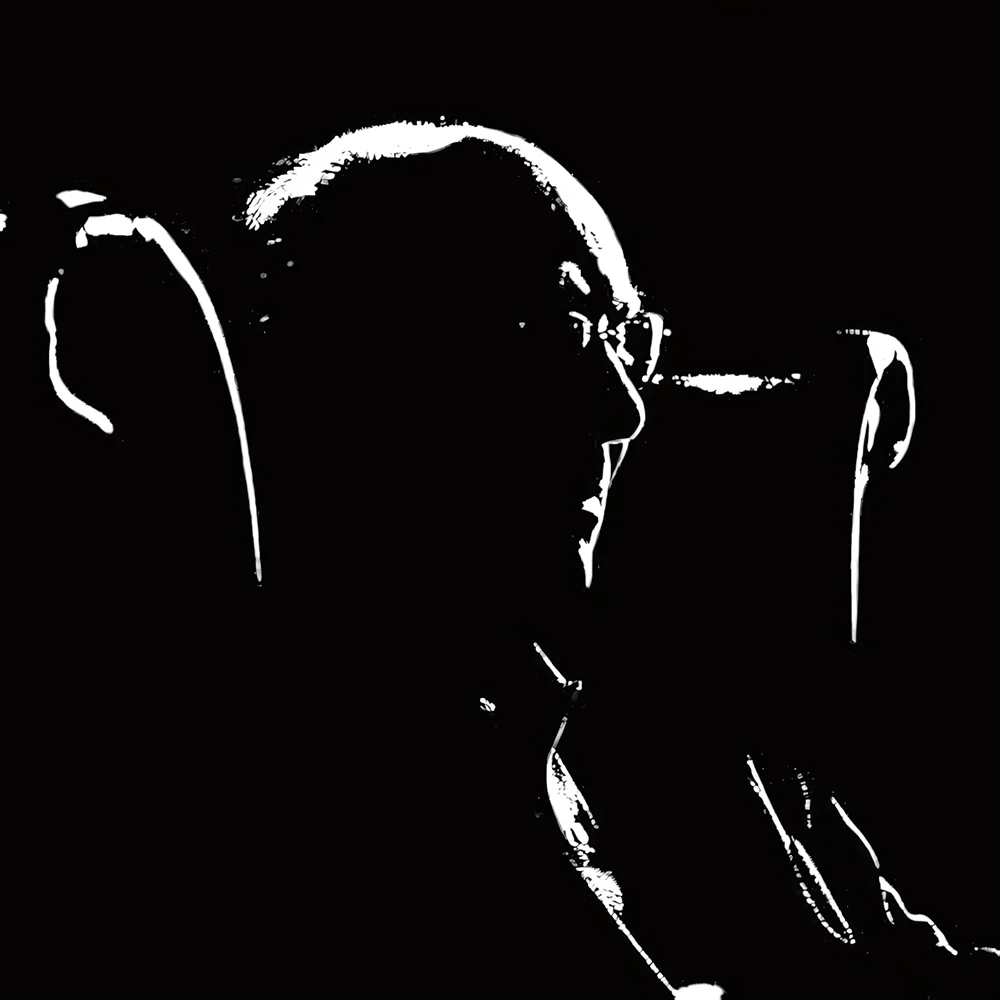
Background Image © St Joseph's College
Text source: from bio on Amazon and the St Joseph College'swebsite


